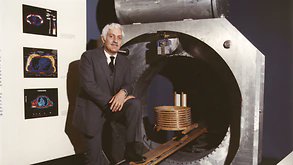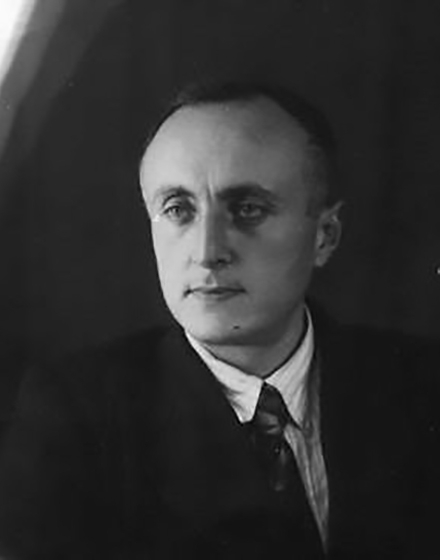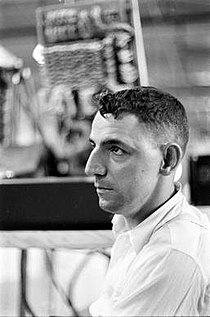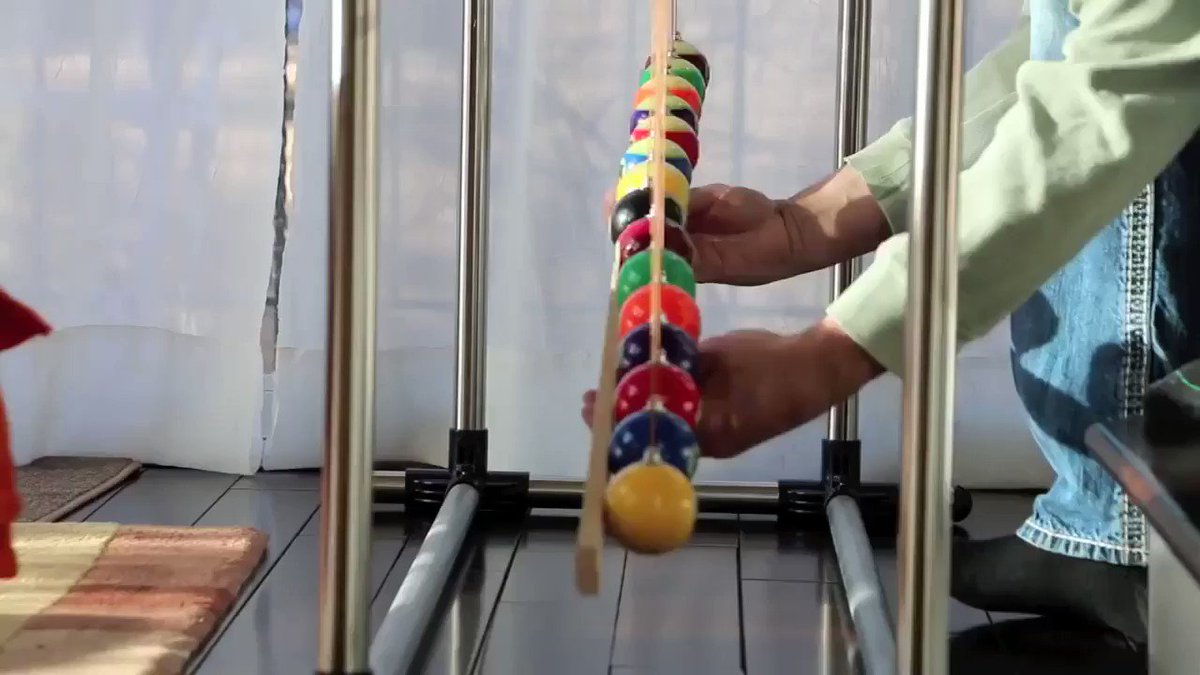Localized Surface Plasmon Resonance - an overview | ScienceDirect Topics

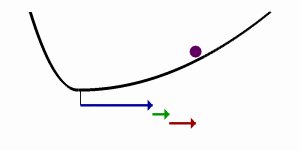
The term "electro-optic" is often erroneously used as a synonym for "optoelectronic".
are electrical-to-optical
or optical-to-electrical transducers,
or instruments that use such devices in their operation.
◦photodiodes (including solar cells)
◦phototransistors
◦photomultipliers
◦optoisolators
◦integrated optical circuit (IOC) elements
•Photoconductivity, used in:
◦photoresistors
◦photoconductive camera tubes
•Stimulated emission, used in:
◦injection laser diodes
◦quantum cascade lasers
•Lossev effect, or radiative recombination, used in:
◦light-emitting diodes or LED
◦OLEDs
•Photoemissivity, used in
◦photoemissive camera tube
An opto-isolator contains a source (emitter) of light, almost always a near infrared light-emitting diode (LED), that converts electrical input signal into light, a closed optical channel (also called dielectrical channel),
switching pulses (spikes) and perturbations in power supply.
More from NotTheMacAnon
"When does a canary sing"
— Found&Forgiven (@AshlieMC2) December 7, 2020
See thread RT on oxidative stress and QD effects.
Thank you @NotTheMacAnon1https://t.co/XlyXyiCS2H
https://t.co/0ywQ1y5NDj
Pott found an association between exposure to soot and a high incidence of scrotal skin cancer in chimney sweeps. This cancer is now known as Pott's or chimney sweep cancer.
Coal contains trace amounts of naturally-occurring radioactive elements. The process of burning coal at coal-fired power plants, called combustion, creates wastes that contain small amounts of naturally-occurring radioactive material (NORM).
Fly ash particles (a major component of coal ash) can become lodged in the deepest part of your lungs, where they trigger asthma, inflammation and immunological reactions.
More from Science
Variants always emerge, & are not good or bad, but expected. The challenge is figuring out which variants are bad, and that can't be done with sequence alone.
Feels like the next thing we're going to need is a ranking system for how concerning "variants of concern\u201d actually are.
— Kai Kupferschmidt (@kakape) January 15, 2021
A lot of constellations of mutations are concerning, but people are lumping together variants with vastly different levels of evidence that we need to worry.
You can't just look at a sequence and say, "Aha! A mutation in spike. This must be more transmissible or can evade antibody neutralization." Sure, we can use computational models to try and predict the functional consequence of a given mutation, but models are often wrong.
The virus acquires mutations randomly every time it replicates. Many mutations don't change the virus at all. Others may change it in a way that have no consequences for human transmission or disease. But you can't tell just looking at sequence alone.
In order to determine the functional impact of a mutation, you need to actually do experiments. You can look at some effects in cell culture, but to address questions relating to transmission or disease, you have to use animal models.
The reason people were concerned initially about B.1.1.7 is because of epidemiological evidence showing that it rapidly became dominant in one area. More rapidly that could be explained unless it had some kind of advantage that allowed it to outcompete other circulating variants.
You May Also Like
Covering one of the most unique set ups: Extended moves & Reversal plays
Time for a 🧵 to learn the above from @iManasArora
What qualifies for an extended move?
30-40% move in just 5-6 days is one example of extended move
How Manas used this info to book
The stock exploded & went up as much as 63% from my price.
— Manas Arora (@iManasArora) June 22, 2020
Closed my position entirely today!#BroTip pic.twitter.com/CRbQh3kvMM
Post that the plight of the
What an extended (away from averages) move looks like!!
— Manas Arora (@iManasArora) June 24, 2020
If you don't learn to sell into strength, be ready to give away the majority of your gains.#GLENMARK pic.twitter.com/5DsRTUaGO2
Example 2: Booking profits when the stock is extended from 10WMA
10WMA =
#HIKAL
— Manas Arora (@iManasArora) July 2, 2021
Closed remaining at 560
Reason: It is 40+% from 10wma. Super extended
Total revenue: 11R * 0.25 (size) = 2.75% on portfolio
Trade closed pic.twitter.com/YDDvhz8swT
Another hack to identify extended move in a stock:
Too many green days!
Read
When you see 15 green weeks in a row, that's the end of the move. *Extended*
— Manas Arora (@iManasArora) August 26, 2019
Simple price action analysis.#Seamecltd https://t.co/gR9xzgeb9K





